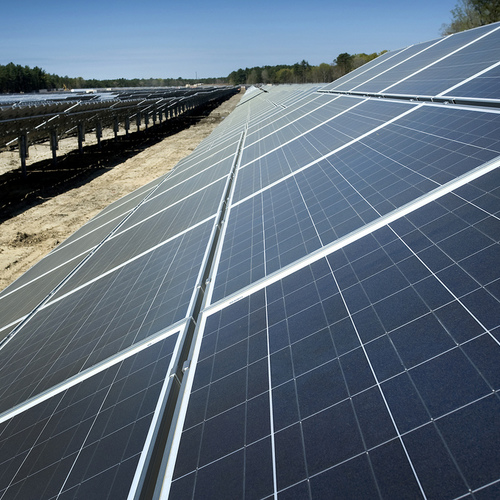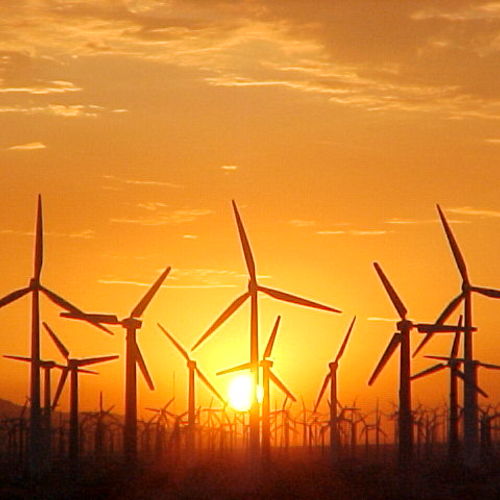
Image Credit: Earth Turbine Inc.
New legislation includes “feed-in” tariffs for wind, solar, biogas, and landfill power-production systems installed by individuals and businesses
The Vermont Energy Act of 2009 became law last week, setting the stage for owners of small renewable-energy facilities to collect “feed-in tariffs” for systems that pump power into the grid.
The new law, which is designed to encourage individuals and businesses to install grid-connected renewable energy systems, applies to facilities of up to 2.2 megawatts capacity that are commissioned on or after September 30. Owners of most systems may sign power-purchase contracts of 10 to 20 years, although contracts for solar power systems can run up to 25 years. (Click here for a PDF of the legislation.)
To strike a balance between encouraging renewable-energy system development and the possibility that system operators will reap excess profit at ratepayers’ expense, the “standard offer” rates currently set by the legislation are subject to adjustment by the Vermont Public Service Board. This was one of the mitigating provisions for Governor James Douglas, who objected to the standard offer rates as too generous but ultimately agreed to let the legislation become law (on May 27) without his signature.
A reviewable tariff structure
The standard offer rates are 20 cents per kilowatt hour for wind energy plants of less than 15 kW and 14 cents for those of more than 15 kW; 12 cents per kilowatt hour for landfill and biogas systems; and 30 cents per kilowatt hour for solar installations.
Under the law, the Vermont Public Service Board has the option to set interim rates before September 15 but must formally establish a rate structure by January 15, 2010.
As the Department of Energy points out, the legislation also contains a number of other provisions, including one that eliminates a regulation requiring the state’s utilities to offer voluntary renewable-energy programs to their customers; one that extends the Vermont Clean Energy Development Fund to include geothermal energy devices; a provision that encourages appropriate wind power development on state-owned lands; one that allows municipalities to finance renewable energy and energy efficiency projects; and one that directs clean energy development funds to two “Vermont village green” renewable pilot projects that will offer district heating to local homes and businesses, using a centralized heating system fueled with renewable energy.
Weekly Newsletter
Get building science and energy efficiency advice, plus special offers, in your inbox.















0 Comments
Log in or create an account to post a comment.
Sign up Log in